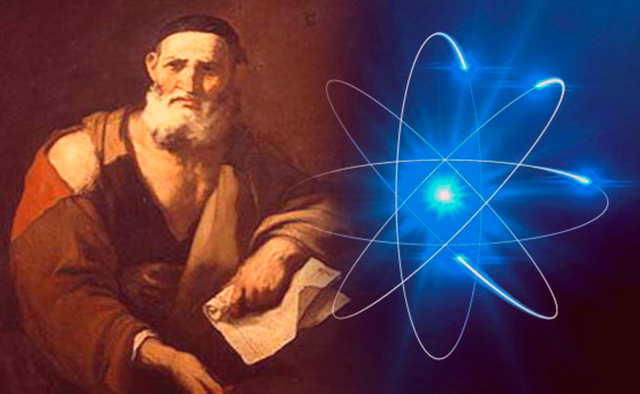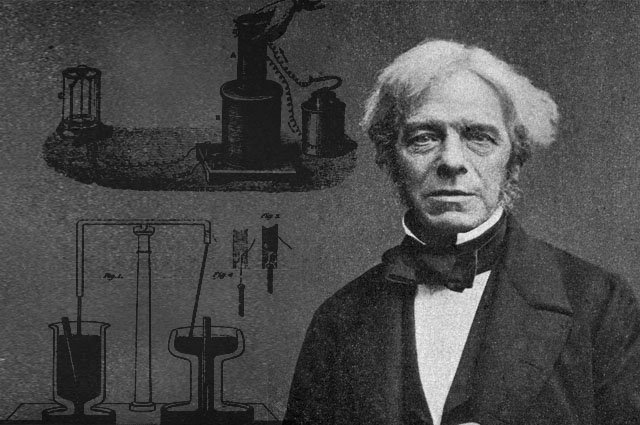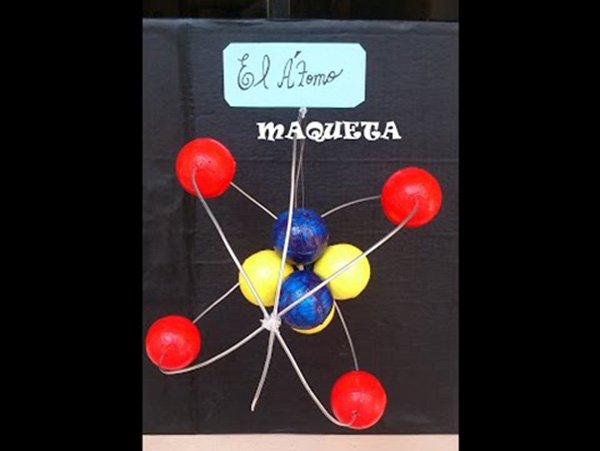
Evidently, a large part of contemporary society knows that the first atomic hypothesis goes back to Classical Greece. Famous characters such as Empédocles, Democritus, Leucippus and, finally, Epicurus formulated the atomic hypothesis that would later echo Lucretius in his work De rerum natura .
For Democritus, for example, the notion of atom derives from the hypothesis that they are made up of very light, invisible and indivisible particles (atoms) but it will not be until two thousand years later when an atomic theory will be formulated scientifically.

19th century: From atomistic approaches to the scientific hypothesis
Initially, it will be in the first part of the nineteenth century with the discovery that the chemistry of that time, with the discovery of the laws of chemical discontinuity, when the qualitative leap of the Greek approach to the atom occurs to really scientific positions on the matter and its decomposition.
On the other hand, the chemists of the second half of the 19th century also devoted their attention to the matter of the composition of matter and from there the atomic theory of matter, more or less based on the kinetic theory of gases, started.
The physicists of that time, on the other hand, came to the certainty that the atom was a complex building from which the structure had to be determined, and for this work they put their knowledge on the nature of electricity. Since the eighteenth century it is known that there is positive electricity and negative electricity, and that electricity is related to the phenomenon of magnetism.
The same question was then raised for electricity as for matter: to know if it had a discontinuous structure.
The laws of electrolysis, discovered by Faraday, seemed to indicate the existence of this discontinuity; Upon discovering the electrons - elementary corpuscles of negative electricity - the discontinuity of the negative electricity became apparent. And around 1900, as is known, it was posed whether positive electricity, like negative electricity, had a granular structure.

After the experience of E. Rutherford, by 1910, physicists agreed to adopt their model, which considered the atom as a solar system in which the atom was considered as a solar system in which the core played as the role of the Sun and electrons those of the planets, the same model that our children traditionally take to school as a model to meet the typical task of the atomic model ***... and said the teacher *** "Bring Borh's atomic model tomorrow" ***.

Good friends until our atomic walk, I hope you found the story interesting.
Congratulations! This post has been upvoted from the communal account, @minnowsupport, by josmar2511 from the Minnow Support Project. It's a witness project run by aggroed, ausbitbank, teamsteem, someguy123, neoxian, followbtcnews, and netuoso. The goal is to help Steemit grow by supporting Minnows. Please find us at the Peace, Abundance, and Liberty Network (PALnet) Discord Channel. It's a completely public and open space to all members of the Steemit community who voluntarily choose to be there.
If you would like to delegate to the Minnow Support Project you can do so by clicking on the following links: 50SP, 100SP, 250SP, 500SP, 1000SP, 5000SP.
Be sure to leave at least 50SP undelegated on your account.
Downvoting a post can decrease pending rewards and make it less visible. Common reasons:
Submit